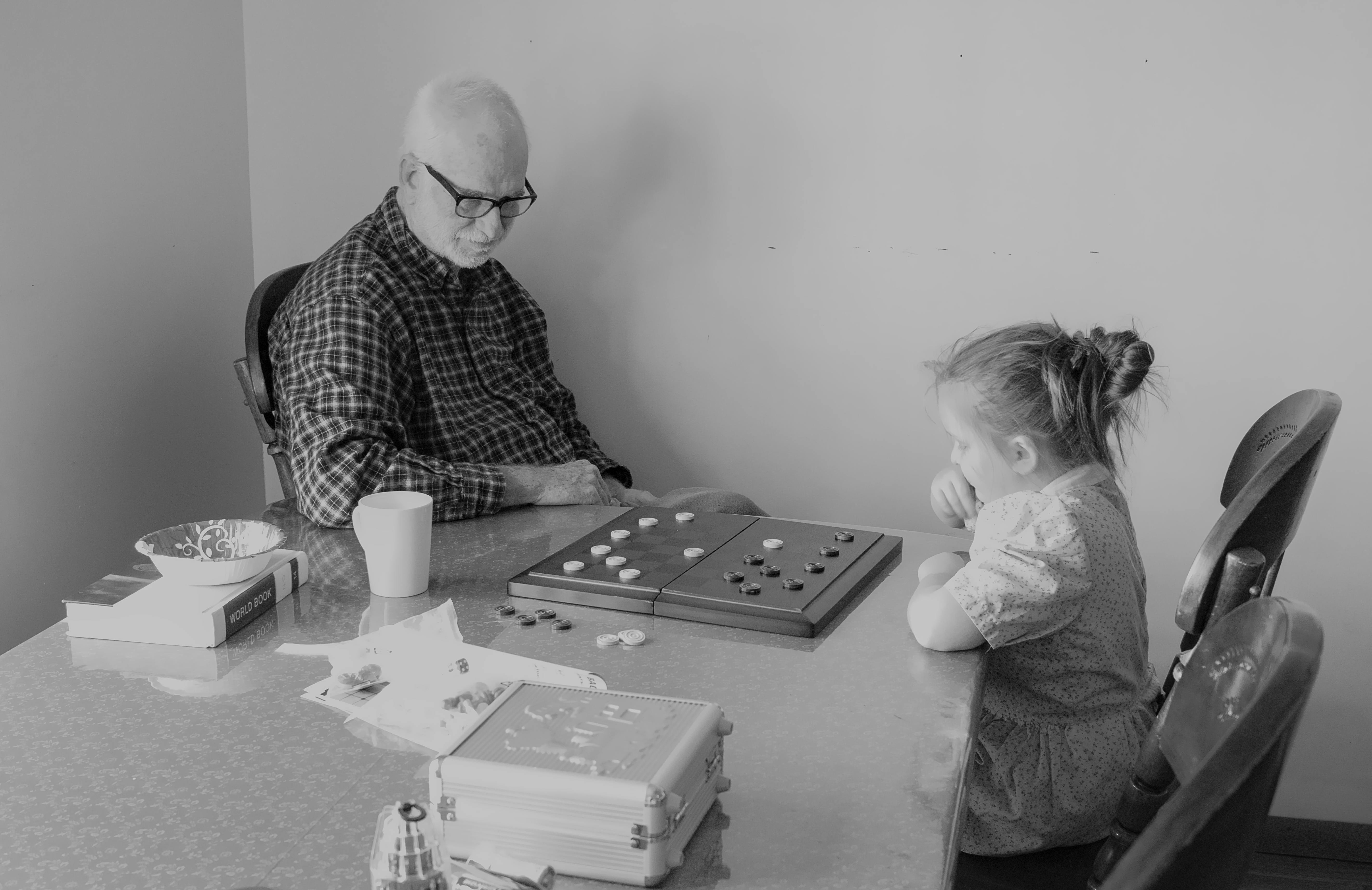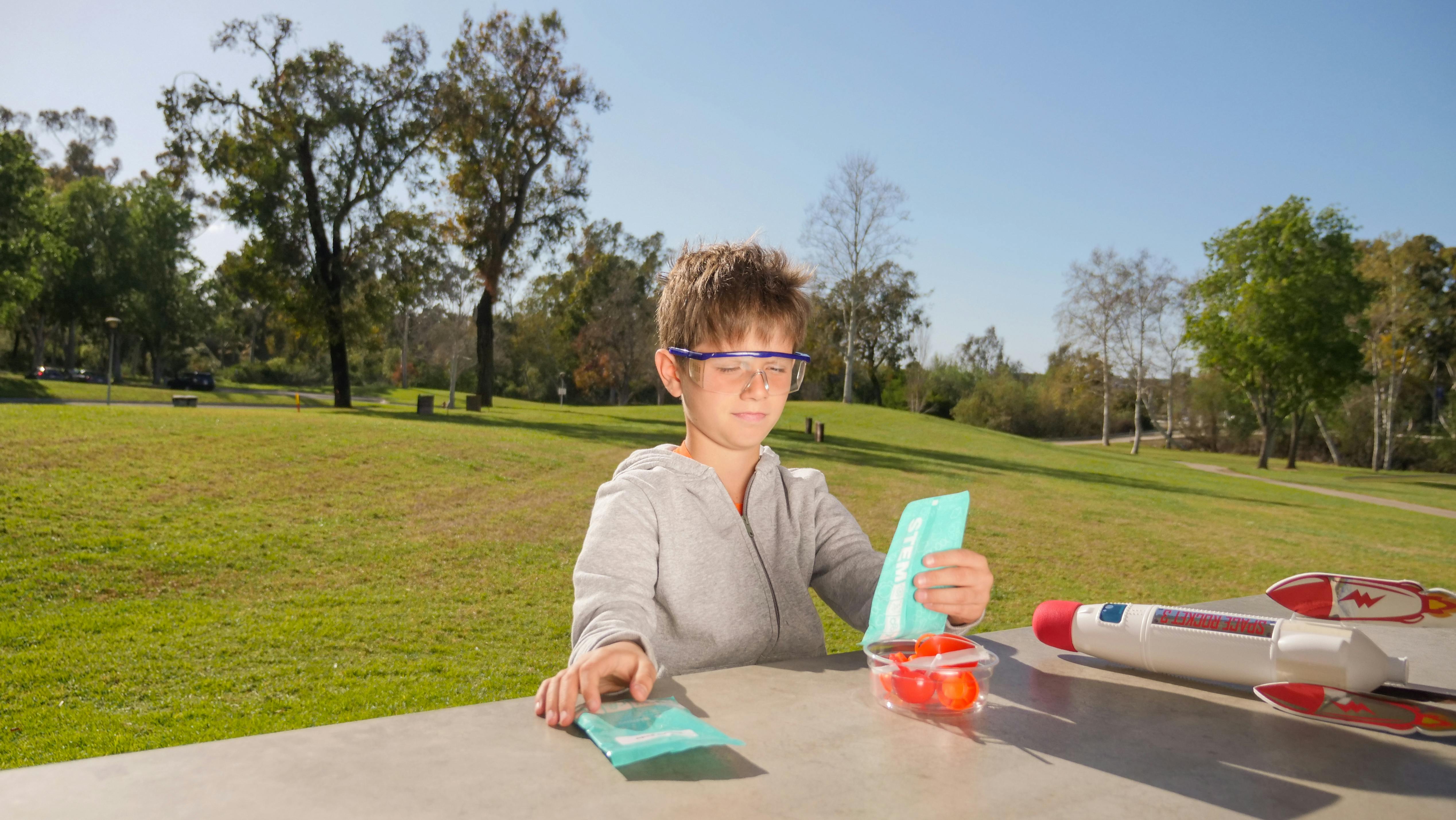Drawing by hand will always be considered as the beginning of the animation. This is why even with advanced technologies now in the art of making things move from static images, computer graphics can still return to the look of hand-drawn animation. A key animation style to achieve that look is cel shaded animation.
From the name of the animation style itself, it’s clear how it has its roots in hand-drawing. Cels are the transparent acetate sheets on which the classic 2D animation style of Disney movies of the past was drawn. Simply put, cel-shaded animation aims to make computer graphics look like they were drawn by hand. This is achieved through non-photorealistic lighting.
The results may seem simple, but the actual process is quite complex. Starting with a 3D model, cel-shaded animation proceeds to create discrete shadows that would give a flat look typical of 2D animation. As in comic books, emphasis can be given to drawings that highlight black ink outlines and contour lines.
Cell-shaded animation, interestingly enough, is most popularly associated with video games. Whenever a new game comes out, many geeks and gamers often ask about the quality of the cel-shade. In short, the first successful application of cel-shaded animation in video games is with the Sega Dreamcast game Jet Set Radio. Not to be outdone, Sony PlayStation released Fear Effect. Good times for sure.
However, early criticism then involved the quality of the characters’ appearances. Although dramatic textures were achieved with these early games, they lacked light sources and dynamic contours.
Even with the technological limits of the first batches of cel-animated video games, a small trend began to brew among game developers. Cell-shaded games began to appear like mushrooms: Sly Cooper, Thievius Raccoonus, Dark Chronicle, Cel Damage, Klonoa 2: Lunatea’s Veil, Viewtiful Joe, and of course Jet Set Radio Future. What stood out among the pack, commercially at least, were The Legend of Zelda: The Wind Waker, Tales of Symphonia, and Sly 2: Band of Thieves.
A game that tried to capitalize on the popularity of cel-shaded animation unfortunately experienced adverse results. The House of the Dead III, designed for the Microsoft Xbox, began production on the game with cel-shaded graphics, yes, an anime look for a zombie-based shooter game. So with disaster looming for this awkward recipe, SEGA decided to ditch the cel shading aspect and go with conventional animation styles instead. Perhaps the negative response was overwhelming enough to ignore.
Although cel-shaded animation hasn’t taken the game industry by storm, it’s still an effective reason to use when implemented correctly. Dragon Quest VIII, Rogue Galaxy, Killer 7, No More Heroes, Metal Gear Acid 2, Okami, and the most recent incarnation of Prince of Persia feature 3D animations that look like anime or hand-drawn. Also, when handhelds weren’t as powerful as they are today, most games were in cel-shaded animation. Examples would be the Tony Hawk series and The Legend of Zelda: Phantom Hourglass on the Nintendo DS.
Cell shading animation can be somewhat compared to abstract painting. It doesn’t have to accurately represent reality, but when used skilfully and properly, it can create amazing treatments for multimedia entertainment, such as video games and even animated movies.




